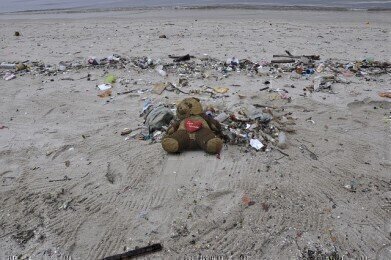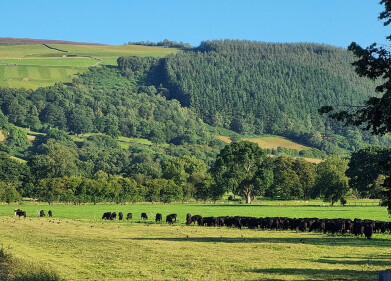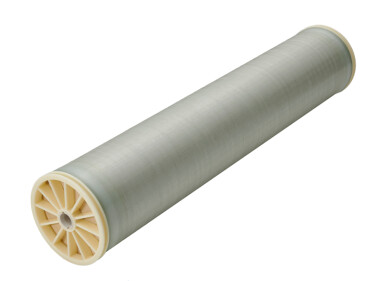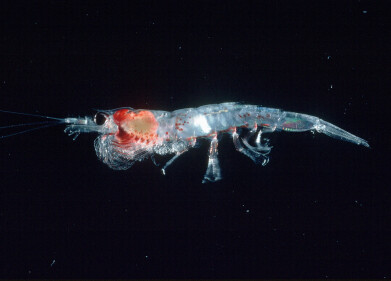Water/Wastewater
What Are “Nurdles” and Why Are They a Problem?
Mar 02 2017
It’s not uncommon for a new environmental problem to crop up. Detection methods are becoming more advanced, so it’s only natural for us to find new problems with the way we treat our planet. But there’s also the issue of how we’re making and what we’re putting into products.
That’s exactly the case with “nurdles”. Nurdles are tiny plastic pellets being used to make plastic products. But they’re also at the centre of the latest environmental crisis. Read on to see why nurdles are causing so much of a fuss.
Beside the seaside
British beaches have been something of a talking point for environmentalists of late. Over the past 25 years, they have become far cleaner as a direct result of EU pressure. In 2016, it was announced that nearly 95 percent of British beaches met those standards, whereas a quarter of beaches were in threat of closure in 1991.
Despite this impressive clean up, the beaches are still being damaged by pollution. But it’s not the typical culprits. The beach polluter of today is the nurdle. Searching a total of 279 shorelines as far north as Shetland and as southern as Scilly, Fidra and its supporters found 73% of beaches containing these plastic pellets.
The Great Winter Nurdle Hunt
Fidra’s findings were a result of an initiative set up to investigate the problem. The Great Winter Nurdle Hunt calls for people all over Britain to collect nurdles from their local beaches. Their recent hunt comprised a total of 279 separate searches, with over 600 nurdle hunters taking part. Most shocking was a massive 127,5000 nurdles on a beach in Cornwall.
It’s clearly become a problem, but what is the effect of these nurdles? Partly it’s their size. Unlike larger bits of litter, nurdles are too small to be easily filtered out of water – even using new, more efficient cleanup methods, as discussed in ‘The best way to clean up flooded lakes and reservoirs?’. But they also break up into smaller particles as time goes on, making the problem even worse.
Impacting on wildlife
Despite the nurdle increase on British beaches, the main problem is what these findings indicates. Both nurdles and their smaller fragments can attract other pollutants, allowing them to spread through the water. Quite often, they will be eaten by marine animals and seabirds. It’s clearly a problem when they have collected other pollutants, but they can even be toxic on their own.
The fact that British beaches are full of them simply goes to show how many are in our waters. With the nurdle hunt website listing industry “spills and mishandling” as the main cause, it seems it’s up to the big industrial players to fix the problem before it becomes even worse.
Events
Carrefour des Gestions Locales de L'eau
Jan 22 2025 Rennes, France
Jan 29 2025 Tokyo, Japan
Feb 05 2025 Nantes, France
Feb 16 2025 Kampala, Uganda
Feb 26 2025 Chennai, India




-as-feedstock.jpg)





